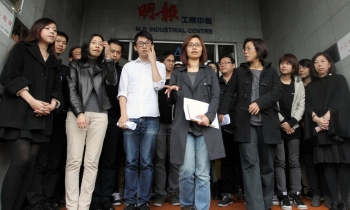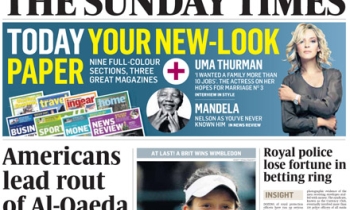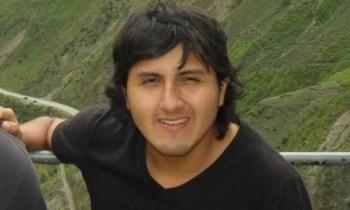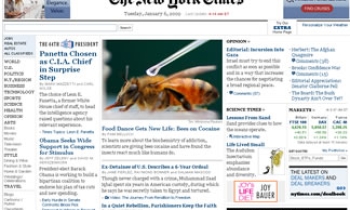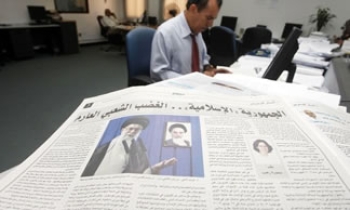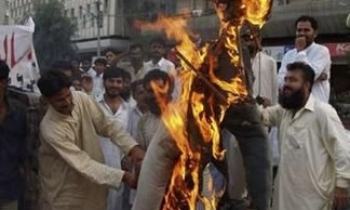Daughters of sex workers, who live in the dingy lanes and bylanes that criss-cross the red-light districts of Bihar, have been bringing out a monthly handwritten magazine, Jugnu, since 2004, says a Times of India report.
Nikhat, a 22-year-old matriculate, now a regular student of Intermediate at Niteshwar College (Muzaffarpur), edits the magazine. She has been doing the job since 2004 when she was 16.
Details of this fascinating account from TOI [Link]:
Apart from attending regular classes, she edits the 32-page handwritten Hindi monthly magazine. "Earlier, we used to bring out a six-page magazine which has now grown into a 32-page publication. We have with a dedicated team of 10 reporters aged bewteen 12 and 25 years," Nikhat said.
Interestingly, she has appointed bureau chiefs in some districts also. Razia works as bureau chief at Bettiah (headquarters of West Champaran district) and Puja at Sitamarhi.
"Roma, Tanya, Pooja and Soni are our reporters. They always write on issues related to the families of sex workers and their agonies and yearning for a happy, dignified life ," Nikhat proudly said. "Our magazine portrays the terrible existence of sex workers whose lives are lost to to lust," she said.
The mechanism to bring out a monthly magazine is also interesting. "We all attend editorial meeting at the end of each month to discuss the matters to be published in the next issue. Letters, paintings, articles mostly based on personal experiences are the highlights of the magazine," said Nasima who is running an NGO, `Parcham' at Muzaffarpur. She has been supporting the magazine since its inception.
The office of the magazine is located in the densely populated red-light area -- Hafizee Chowk, Sukla Road, Muzaffarpur (Bihar). Each contributor or reporter is asked to write their articles, stories and features in their own handwritings. Each handwritten article is published in the magazine in their own handwriting.
"After collecting their handwritten articles, we adjust it with pages as per the length of the story. After adjusting pages as per the size, we publish it through screen printing. "We publish their stories in their own handwriting," Nikhat said. "The handwritten articles give us a sense of pride and satisfaction. Because we feel that this is one of the indicators of empowerment of women," said reporters of the magazine.
"All of us work free of cost. The cover price of the magazine is Rs 5. Each month we bring out 500 copies some of which are distributed free of cost to district-level NGOs and government officials," they said.

